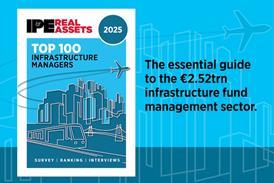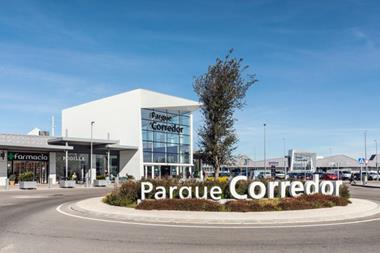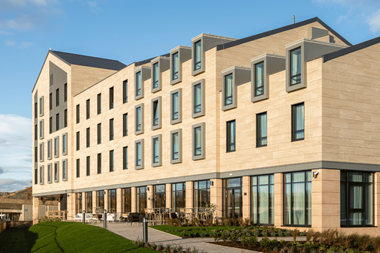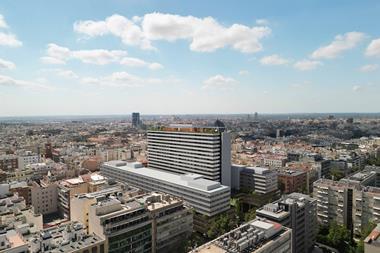UK commercial property has posted the third consecutive month of capital growth in October, at 1.9%, according to the IPD UK Monthly Index. The year-to-date capital growth is now -10.5%. Since the market's upturn, which began modestly in August, UK commercial property has produced a compounded 3.2% capital growth. This has reduced the fall since the trough in July 2009 to -42.4%, as measured by the IPD UK Monthly Index.
UK commercial property has posted the third consecutive month of capital growth in October, at 1.9%, according to the IPD UK Monthly Index. The year-to-date capital growth is now -10.5%. Since the market's upturn, which began modestly in August, UK commercial property has produced a compounded 3.2% capital growth. This has reduced the fall since the trough in July 2009 to -42.4%, as measured by the IPD UK Monthly Index.
Continued positive yield impact, which is a sentiment-linked measure of the influence yields have on underlying property prices, at 2.2% and decelerating rental pressure, at -0.5% at the end of October, have contributed to the sustained positive capital growth.
Malcolm Hunt, head of UK Client Services said: 'While there has been appreciation across the three main property sectors, capital growth in the Retail sector has been the driving force, gaining 2.6% in September. This is the second-largest monthly figure in IPD’s 22-year old Monthly Index Databank and the largest since December 1993. The sector’s growth is driven by notable investor appetite for retail warehouses.'
The news is not all positive, however, as vacancy rates, measured as a percentage of the Databank's rental income if all assets are fully let, has again reached a new record high - at 12.6%. The 60 basis points increase on September’s figure has been driven in particular by rising voids within the Office sector which has risen to 15.6%.
Hunt added: 'The monthly figure is the largest in almost four years - since December 2005 - with capital values buoyed by improving sentiment and returning liquidity. However, as long as the negative rental cycle persists so will the concern that the upward trend in capital values could be broken.'










